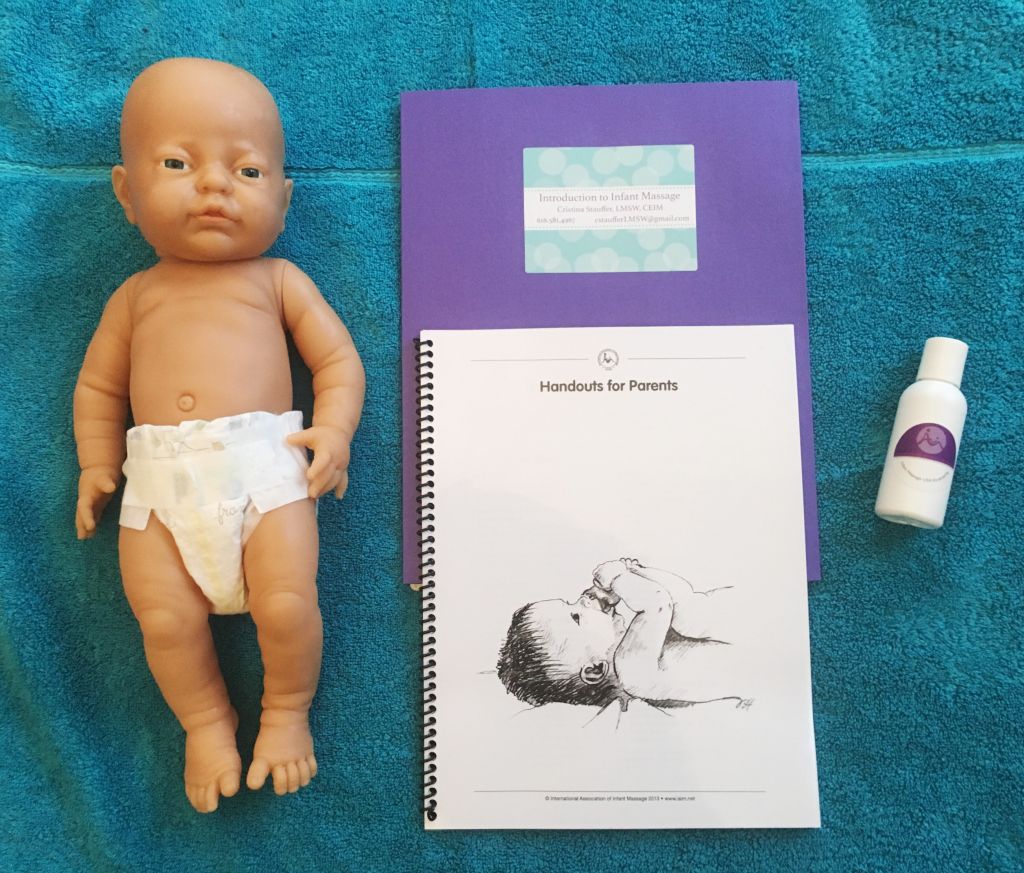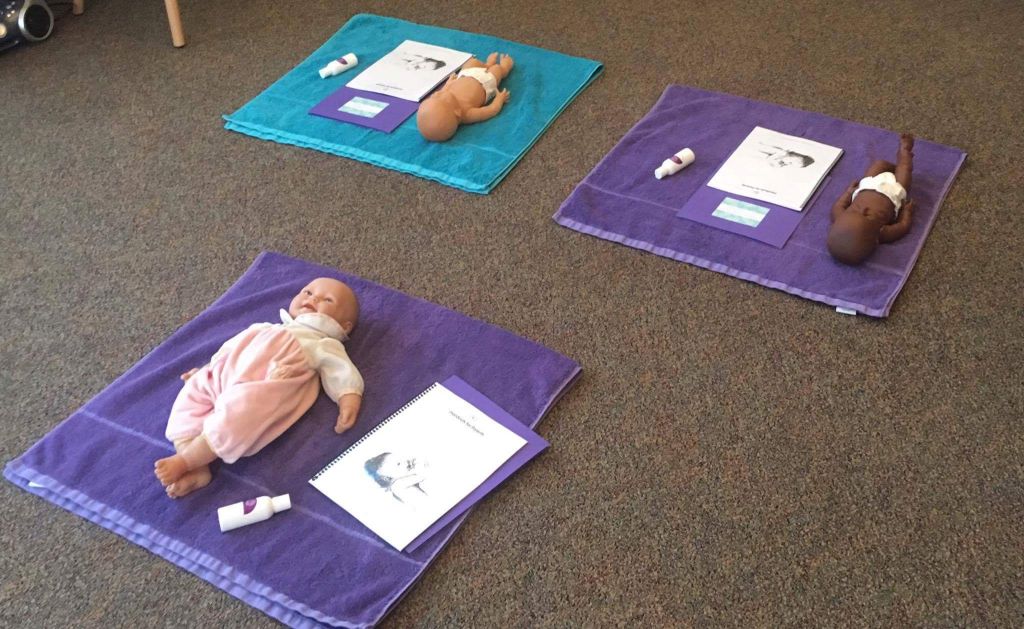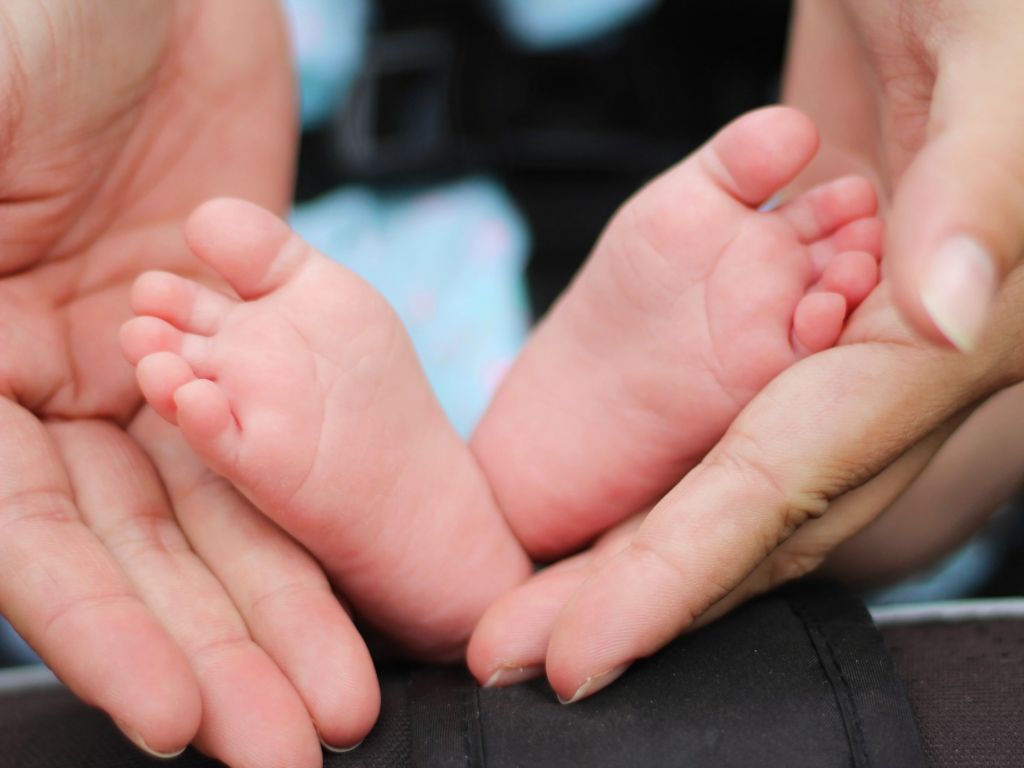Breastfeeding Twins: Tips, Positions & Supply

Breastfeeding twins is an incredible journey. But there’s no sugar-coating it, it can feel overwhelming. Two hungry babies, double the latches, keeping milk supply up, and finding a comfortable feeding position—it’s honestly a full-time job if you think about it. With the right strategies, support, and practice, you can absolutely make breastfeeding with twins work […]
Infant Massage Is Only For Babies… Or Is It?

April 14 is Baby Massage Day, so in honor of this day, we have a special blog from Cristina Stauffer, LMSW, CEIM. Enjoy! Infant massage is an age old practice that has many great physical and emotional benefits for babies and their caregivers; however, did you know that the basic techniques of infant massage can be […]
What kind of oil should I use to massage my baby?

Today our guest blogger is Cristina Stauffer, LMSW, CEIM and infant massage instructor. She’s sharing some wisdom about what oils to use on your baby. One of the most common questions I get related to infant massage is about what kind of oil to use. The International Association of Infant Massage recommends high quality (preferably […]
Infant Massage Questions

Frequently Asked Questions About Infant Massage Gold Coast Doulas is thrilled to present a Part 2 of the Infant Massage guest blog from Cristina Stauffer. Cristina Stauffer, LMSW, CEIM has been passionate about serving women and young children throughout her career. Pregnancy and early motherhood can be one of the most vulnerable times in a […]
Why is Infant Massage Good for Babies?

Why is Infant Massage Good for Babies? Gold Coast Doulas is thrilled to present a guest blog from Cristina Stauffer. Cristina Stauffer, LMSW, CEIM has been passionate about serving women and young children throughout her career. Pregnancy and early motherhood can be one of the most vulnerable times in a woman’s life. Cristina has been […]
